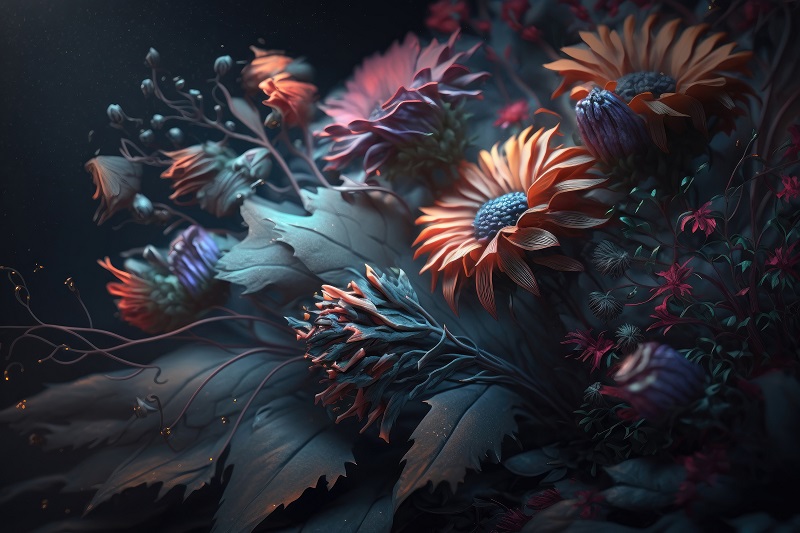

When it comes to digital art, the choice of format can significantly impact the final outcome of your creations. Consider this: how do you ensure your artwork remains crisp and clear, no matter how much it's enlarged? Or, if your piece contains intricate details, how can you maintain its quality without compromising on file size? The format you opt for can make all the difference in the world of digital art.
When choosing between bitmap and vector images for digital art projects, understanding the differences in image quality and scalability is essential.
Bitmap images, such as those in PNG or PDF format, are composed of pixels, making them well-suited for photographs but prone to quality degradation when resized.
Conversely, vector images, like those in AI format, are created using mathematical equations, ensuring sharpness and clarity regardless of size.
This distinction is significant because bitmap images are resolution-dependent, limiting their adaptability in editing and resizing, while vector images are resolution-independent, offering flexibility for various design purposes.
Consider the nature of your digital art and the desired outcome when selecting the appropriate file format. You can check out these PNG Downloads and use them for your projects for free.
Understanding DPI and resolution is essential for achieving high-quality prints in digital art projects. When printing digital art, a standard DPI of 300 is commonly recommended to ensure sharp and detailed images.
Higher resolution images, which have more dots per inch (DPI), result in clearer prints with superior image quality. The resolution of an image significantly impacts the overall quality of printed digital art. Conversely, low DPI settings can lead to pixelation and a loss of details in the printed artwork.
Understanding DPI is critical in selecting the appropriate resolution for digital art prints to avoid issues like pixelation and guarantee high-quality results across different file formats.
Commonly used formats for digital art include:
JPEG files: JPEG files are commonly used for digital photos and web graphics. They're preferred for their small file size and ability to support various colors, making them suitable for online use.
PNG files: PNG files are popular for images that require transparency and high-quality visuals. They offer better compression compared to JPEG files, making them a favored choice for graphics that need to maintain their quality.
PDF files: PDF files are widely used for sharing documents while preserving the exact look and feel of the original content. They're versatile and suitable for all printing forms, making them convenient for various digital art applications.
When selecting a photo format, it's essential to consider the specific requirements of your digital art and the intended use of the images. Different file formats offer distinct advantages. For instance, JPEG is suitable for digital photos due to its small file size, while PNG works well for images requiring transparency or high-quality visuals.
TIFF is often preferred for high-quality printing and archiving purposes, and PDF is a versatile format for sharing documents with consistent layout. Choosing the appropriate file format is crucial for ensuring a quality image that's compatible with the printing process.
When preparing artwork for printing, it's important to save digital images in the correct file format to preserve the integrity of the visuals throughout the printing process.
When deciding on the appropriate file type for your digital artwork, it's crucial to consider the advantages of vector and raster formats.
Vector formats like AI and EPS are preferred for high-quality graphics as they offer superior quality and scalability. AI files generated from Adobe Illustrator are particularly well-suited for intricate vector graphics due to their precision.
On the other hand, raster formats such as JPG and PNG are more suitable for designs containing photographic elements, given their pixel-based nature.
Your choice between vector and raster formats should be guided by the specific characteristics of your artwork and its intended purpose. Vector formats excel in maintaining quality regardless of size adjustments, while raster formats are better suited for images with photographic content.
Make an informed decision to ensure your digital art achieves the desired outcome, whether for printing or digital display.
In conclusion, when choosing formats for digital art, consider the nature of the artwork and its intended use. Whether it's a vector-based design requiring scalability or a raster image with photographic elements, selecting the appropriate file format is crucial for optimal quality and usability.
By understanding the specific requirements and characteristics of the digital art, you can ensure that your artwork is displayed and shared effectively. Choose wisely to make the most of your creative work.